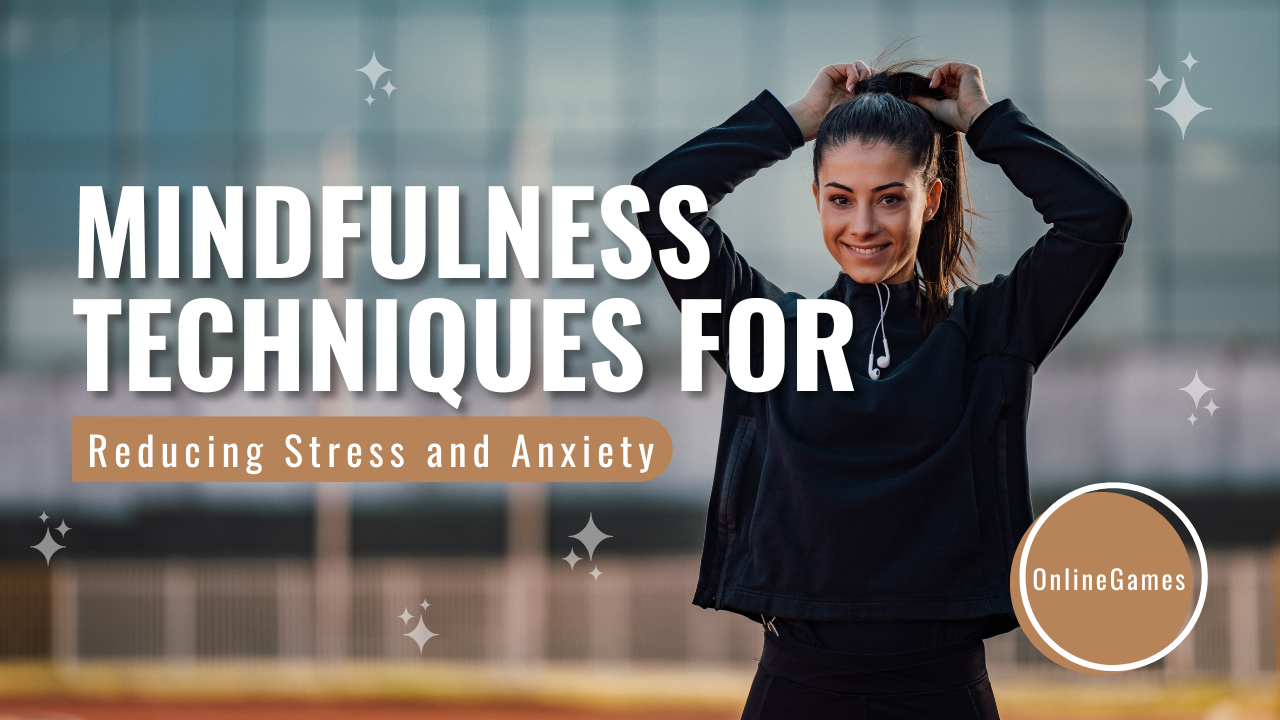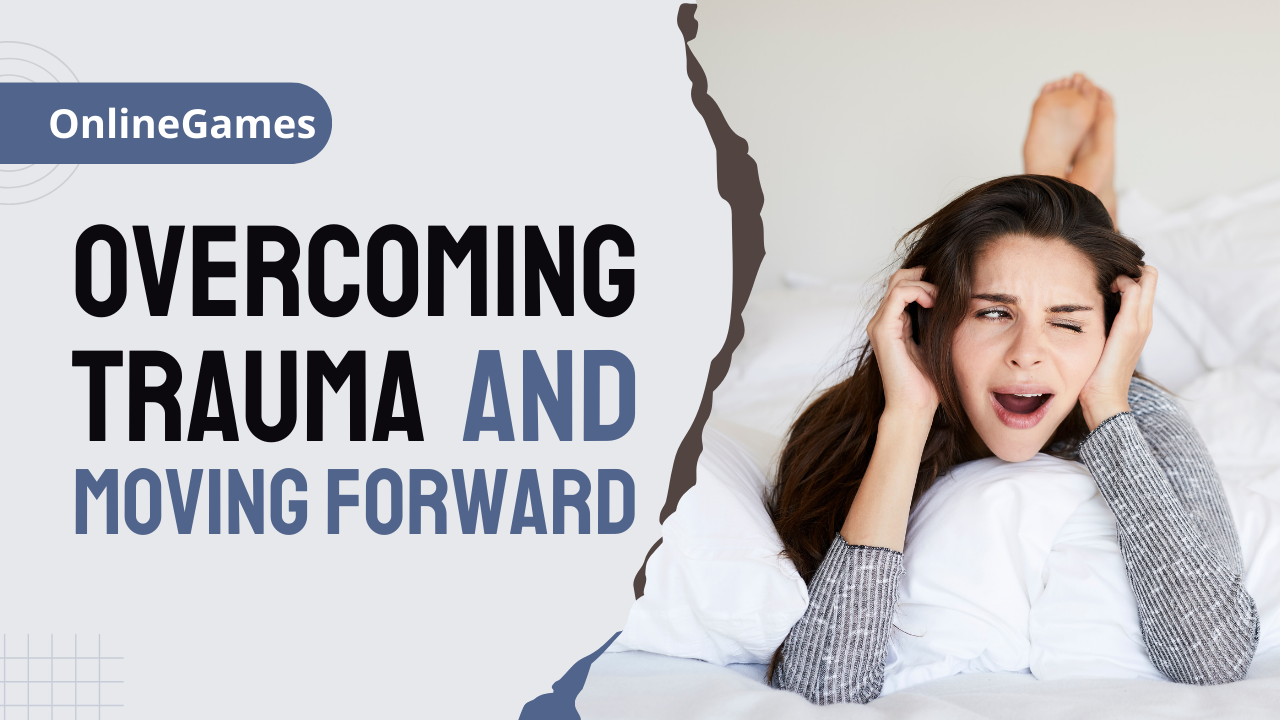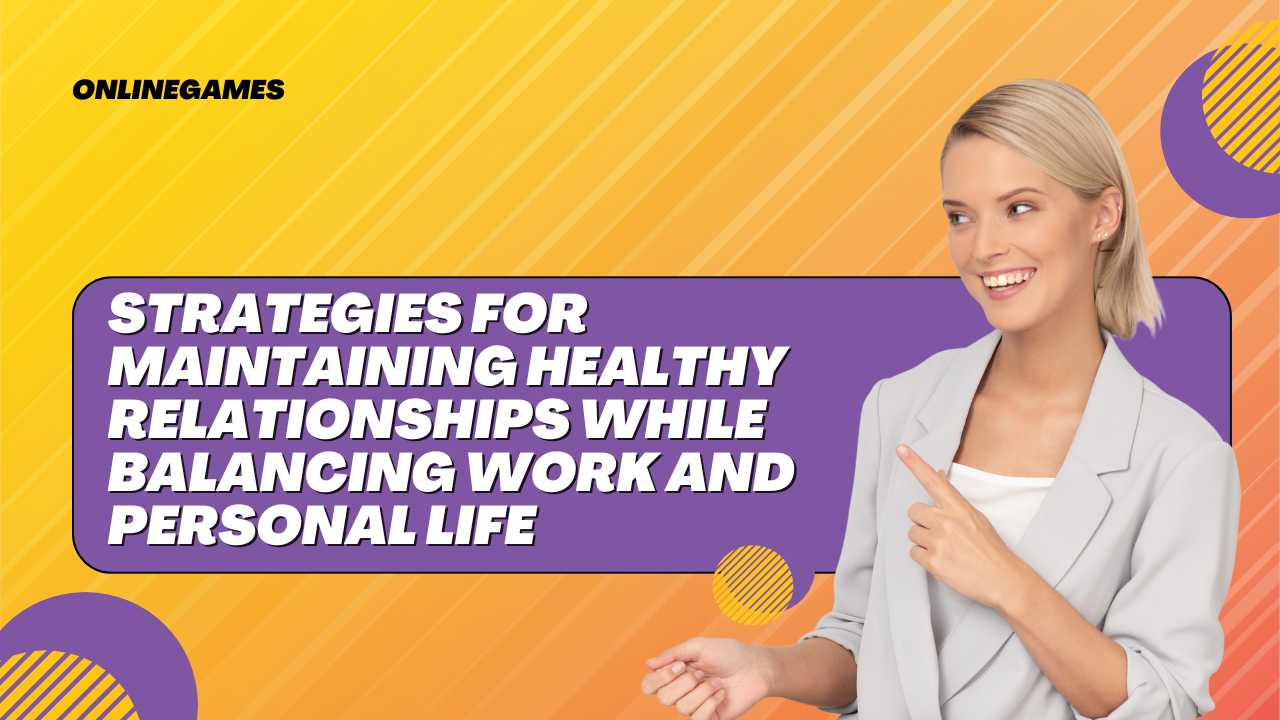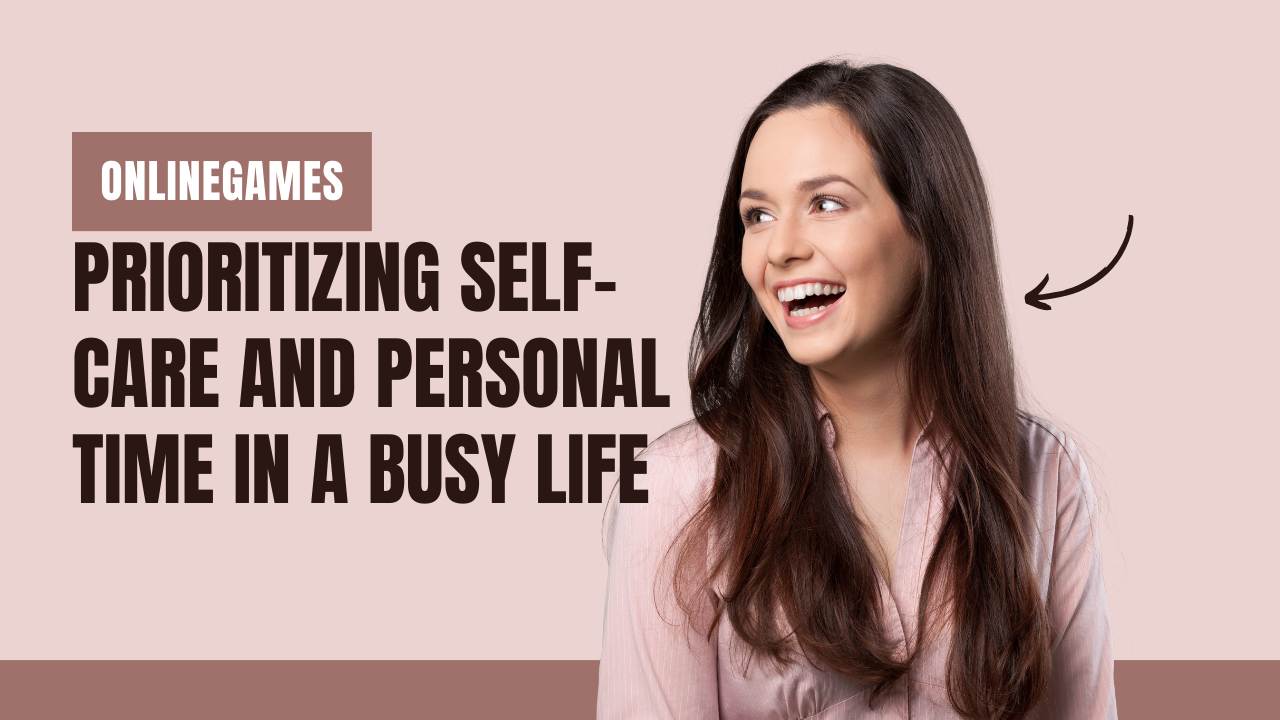Mindfulness techniques have gained significant popularity as powerful tools for reducing stress and anxiety in today’s fast-paced world. Rooted in ancient contemplative practices, mindfulness emphasizes present-moment awareness and non-judgmental acceptance of thoughts and emotions. This comprehensive guide explores various mindfulness techniques that individuals can integrate into their daily lives to promote mental well-being and enhance resilience to stress and anxiety.
Understanding Mindfulness
What is Mindfulness?
Mindfulness involves intentionally paying attention to the present moment with openness and curiosity. It encourages individuals to observe their thoughts, emotions, and sensations without reacting or judging them. By cultivating awareness and acceptance, mindfulness promotes a sense of calm and inner peace.
Benefits of Mindfulness for Stress and Anxiety
Research has shown that practising mindfulness can have profound benefits in reducing stress and anxiety. It helps individuals develop greater emotional regulation, improve focus and concentration, and enhance overall psychological resilience. Regular practice can also lead to physiological changes that reduce the body’s stress response.
Mindfulness Techniques for Stress Reduction
1. Mindful Breathing
Mindful breathing involves focusing on the sensations of the breath as it flows in and out of the body. This technique anchors attention to the present moment, promoting relaxation and reducing stress. Individuals can practice mindful breathing anywhere, whether sitting comfortably or during daily activities.
2. Body Scan Meditation
Body scan meditation involves systematically focusing attention on different parts of the body, from head to toe. It helps individuals become aware of physical sensations, tensions, and areas of discomfort. By relaxing each part of the body consciously, practitioners can release muscular tension and promote overall relaxation.
3. Mindful Walking
Mindful walking combines walking with mindfulness practice. It encourages individuals to pay attention to the sensations of walking—feeling the ground beneath their feet, noticing the movement of muscles, and observing the surroundings without judgment. Walking mindfully can help clear the mind and reduce anxiety.
4. Mindful Eating
Mindful eating involves paying full attention to the sensory experience of eating—observing the colours, textures, smells, and flavours of food. It encourages individuals to eat slowly, savour each bite, and tune into hunger and satiety cues. This practice fosters a healthier relationship with food and reduces stress-related eating habits.
5. Mindfulness-Based Stress Reduction (MBSR)
MBSR is a structured program that integrates mindfulness meditation and yoga to reduce stress and promote emotional well-being. Developed by Jon Kabat-Zinn, MBSR teaches participants how to cultivate mindfulness in daily life through guided meditation practices, group discussions, and homework assignments.
Mindfulness Techniques for Anxiety Reduction
1. Mindfulness Meditation
Mindfulness meditation involves sitting quietly and focusing attention on the breath, sensations in the body, or a specific object. It helps individuals observe anxious thoughts and feelings without becoming overwhelmed by them. Over time, mindfulness meditation can reduce the intensity and frequency of anxiety symptoms.
2. Loving-Kindness Meditation
Loving-kindness meditation (Metta meditation) involves cultivating feelings of compassion and goodwill towards oneself and others. By generating feelings of love and kindness, individuals can counteract negative emotions associated with anxiety and promote emotional resilience.
3. Mindfulness-Based Cognitive Therapy (MBCT)
MBCT combines mindfulness practices with cognitive-behavioural techniques to prevent relapse in individuals with recurrent depression and anxiety disorders. It helps individuals become more aware of negative thought patterns and develop healthier ways of responding to stressful situations.
4. Visualization and Imagery
Guided visualization and imagery techniques involve creating mental images of peaceful, calming scenes or positive outcomes. Visualization can help individuals reduce anxiety by evoking relaxation responses and shifting focus away from anxious thoughts.
5. Mindfulness Apps and Resources
There are numerous mindfulness apps and online resources available that offer guided meditations, mindfulness exercises, and educational content. These tools can be valuable for individuals looking to integrate mindfulness into their daily routines and track their progress over time.
Incorporating Mindfulness into Daily Life
Tips for Successful Practice
- Start Small: Begin with short mindfulness sessions and gradually increase the duration as you become more comfortable.
- Be Consistent: Regular practice is key to experiencing the benefits of mindfulness. Aim to practice daily or several times a week.
- Non-Judgmental Awareness: Approach mindfulness with an attitude of curiosity and non-judgment. Accept whatever thoughts and emotions arise without trying to change them.
- Integrate Mindfulness: Find opportunities to practice mindfulness throughout the day, whether during routine activities, breaks at work, or moments of stress.
Incorporating mindfulness techniques into daily life can significantly reduce stress and anxiety levels while promoting overall well-being. By cultivating present-moment awareness and practising techniques such as mindful breathing, body scan meditation, and mindful eating, individuals can enhance their resilience to life’s challenges. Whether through formal practices like mindfulness meditation or informal practices like mindful walking, integrating mindfulness into daily routines can foster a greater sense of calm, clarity, and emotional balance.










